The Food Network Is Quietly Turning Into a Game Show Channel
Link copied to clipboardSign in to your Collider account

Generate a summary of this story
For years, Food Network was the go-to channel for culinary enthusiasts, defining food programming across the world. The network launched the careers of some of the biggest TV personalities of all time. From Rachael Ray to Giada De Laurentiis and Guy Fieri, the network’s perfect mix of cooking shows, food competitions, and travel-based culinary programming struck a chord with millions.
In many ways, the Food Network changed the landscape of TV and made food an entertaining topic for all kinds of audiences. There’s no denying that the network began by catering to a niche audience, but it ended up inspiring just about everyone to try experimenting in the kitchen. However, as viewer preferences evolve, the Food Network seems to be shifting its focus from pure culinary education to a more fast-paced, competition-driven model.
The Evolution of Food Network
 Image via Food Network
Image via Food Network Image via Food Network
Image via Food Network Image via Food Network
Image via Food Network Image via Food Network
Image via Food Network Image via David Lang/Food Network
Image via David Lang/Food Network



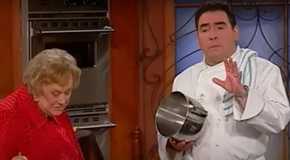

For the most part, Food Network has been associated with traditional cooking shows based on the “stand-and-stir” format, featuring the host standing in front of the camera as they prepare a dish and explain each step in real-time. The relaxed pace of these shows allows the viewers to really take note of the little tips that can make all the difference while cooking. Shows like Rachael Ray’s 30-Minute Meals, Barefoot Contessa, and Emeril Live were simple to follow and starred charismatic hosts who would break down complex cooking techniques into digestible steps. In most cases, the viewers would sit down in front of their TVs with a pen and a notepad as they jotted down recipes. The charm of traditional cooking shows was in their approachable and comforting tone, where even the simplest recipes would feel special.
This format brought together entertainment and instruction in a way that became the standard for food programming. The point of these kinds of shows was to build confidence and a love for cooking among the viewers, and Food Network definitely managed to achieve that objective. At the same time, the channel was also home to many cooking competitions, such as Chopped, Food Network Challenge, which offered the viewers a new kind of entertainment. These shows thrived on pressure and drama, and the competitive element appealed to a broader audience beyond casual home cooks. Back in the 2000s and 2010s, though, Food Network’s cooking competitions coexisted with their more instructional shows, which created a balance that catered to all kinds of viewers.
Is Fast-Paced Content the Future of Food Network?
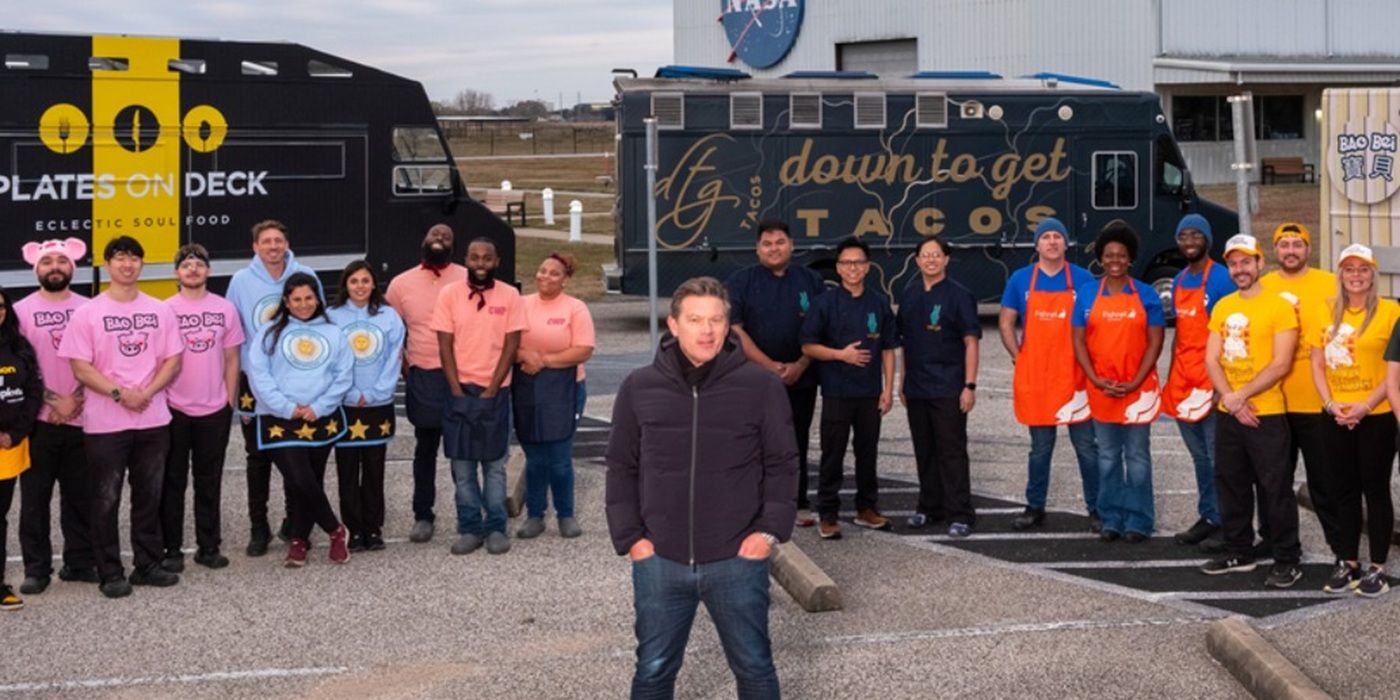
In recent years, though, there has been a major shift where the “stand-and-stir” has gradually faded into the background while cooking competitions have pretty much taken over the network. Iron Chef America, Great Food Truck Race, and Guy’s Grocery Games are all great shows in their own right. There’s no denying that the Food Network also offers variety in its cooking competitions, whether that’s through occasional twists, the kind of cuisines, or the skill level of the chefs. Ultimately, though, the repetitive nature and predictability of the format start to set in.
This shift in programming is mostly driven by today’s changing media landscape. With the rise of platforms like TikTok and Instagram Reels, the demand for shorter, faster-paced content has increased. These platforms are saturated with cooking videos and food influencers who offer minute-long, easy-to-follow recipes that don’t require a lot of commitment from the audience. In a world where attention spans are shrinking and viewers are always multitasking, Food Network is only trying to keep up with the latest consumption patterns by moving away from its traditional format.
The Food Network Seems To Be Losing Its Mojo
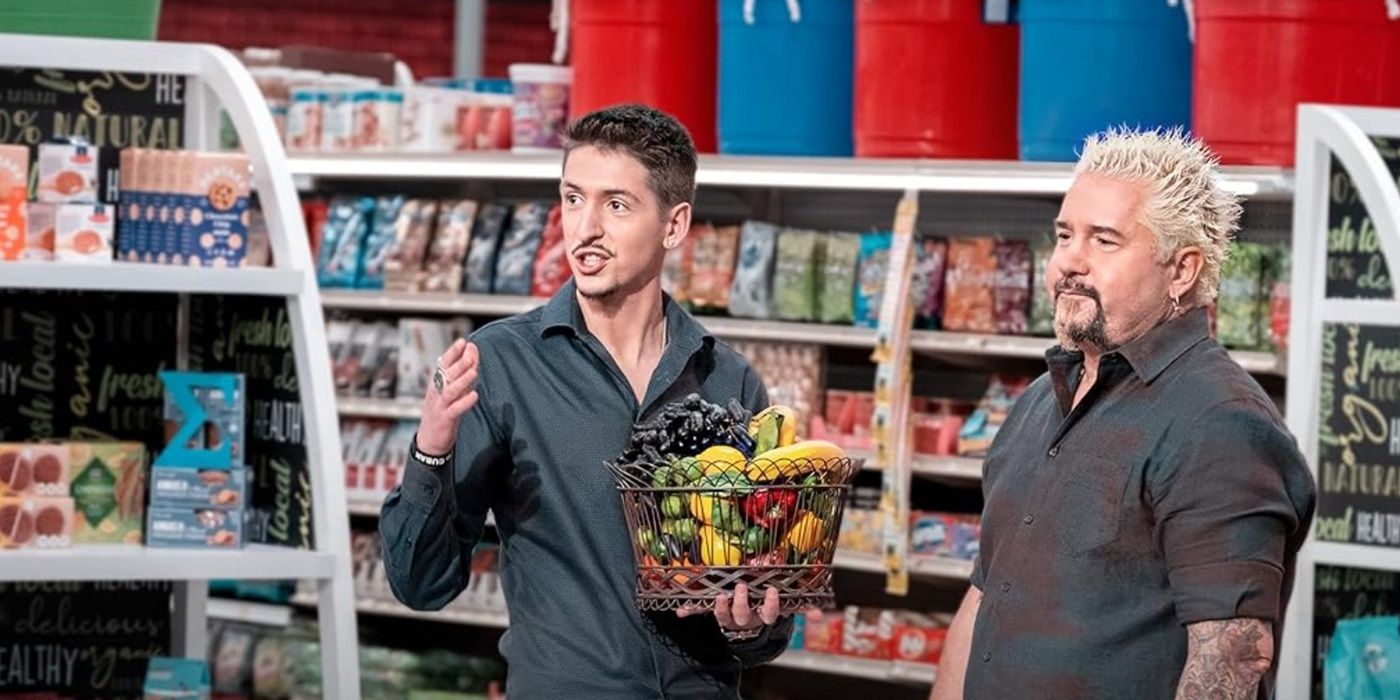
Another major issue that the network has been facing recently is the departure of some of the biggest personalities that once defined it. Ray and De Laurentiis, in particular, have bid farewell to Food Network to other platforms where they continue to create programs that align with their original, more traditional approach. Rachael Ray’s Holidays on A&E features the celebrity chef sharing some of her favorite holiday dishes with the fans, while De Laurentiis has signed a multi-year deal with Amazon Studios and developed her new series called Giada In My Kitchen alongside designer Erik Garcia.
This has obviously been a huge blow to Food Network’s credibility and shows that the network has drifted from the very thing that made it so influential in the first place. Not to mention that this lack of talent has forced the network’s remaining stars, Guy Fieri in particular, to carry it on their shoulders. As a celebrity chef, Fieri is definitely one of the most famous names out there. However, Food Network is clearly relying on him to keep engaging its longtime audience. Between all his new shows and endless reruns of Diners, Drive-Ins and Dives, it feels like the channel has quietly rebranded itself into the Guy Fieri Network.
Considering all this, Food Network seems to be going through an identity crisis of sorts, where it’s constantly trying to reinvent itself. Unfortunately, though, in doing so, the channel is left feeling stale and devoid of its original purpose.


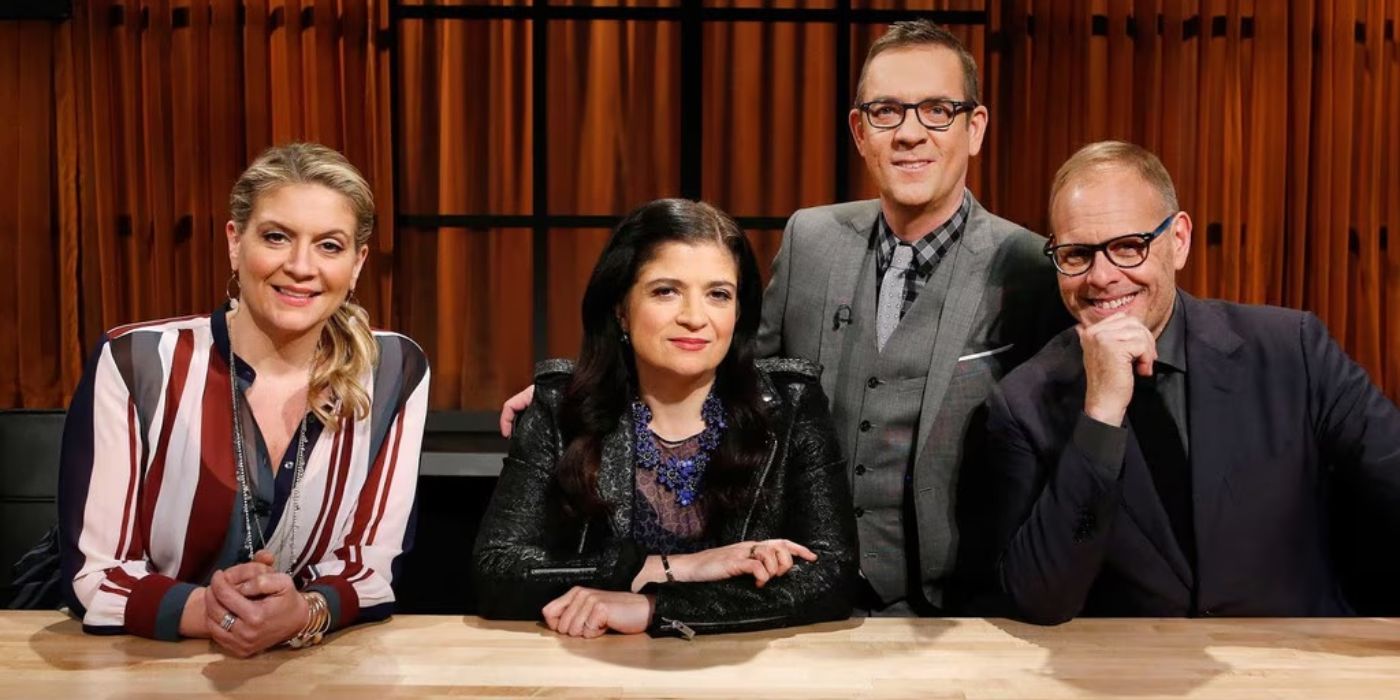 Image via Food Network
Image via Food Network Image via Food Network
Image via Food Network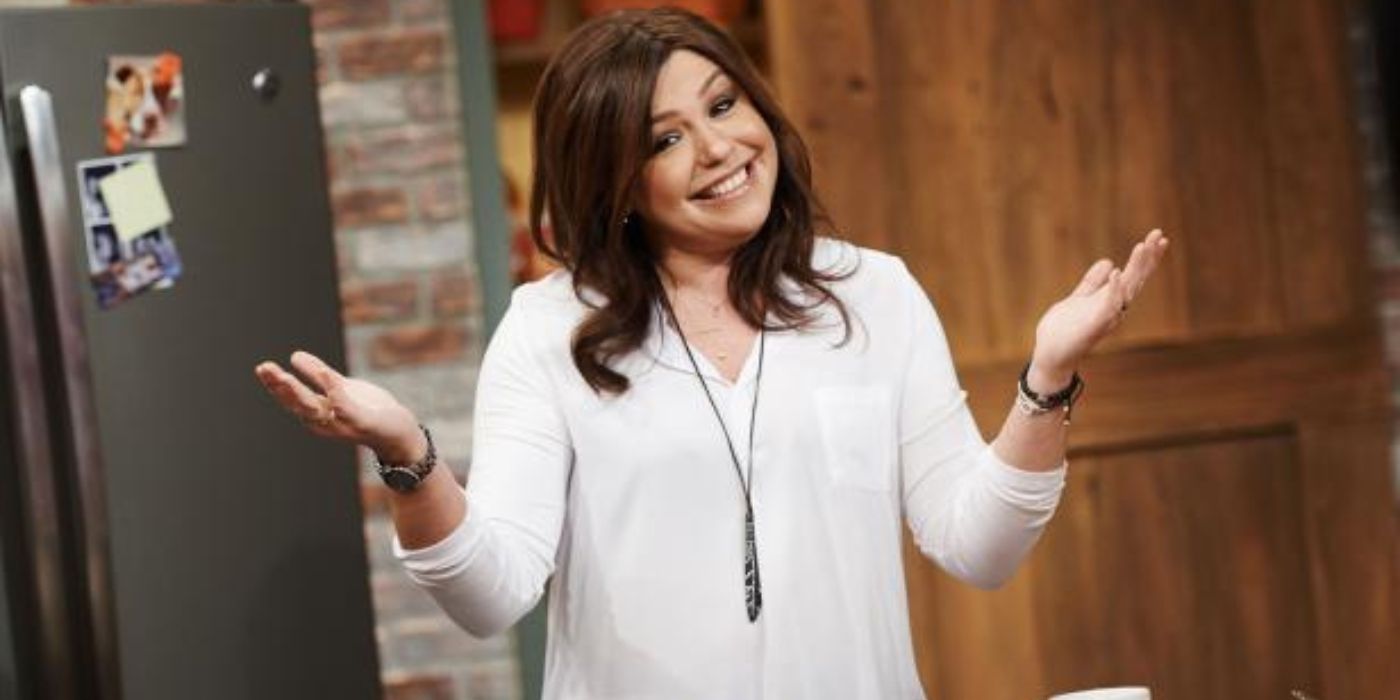 Image via Food Network
Image via Food Network Image via Food Network
Image via Food Network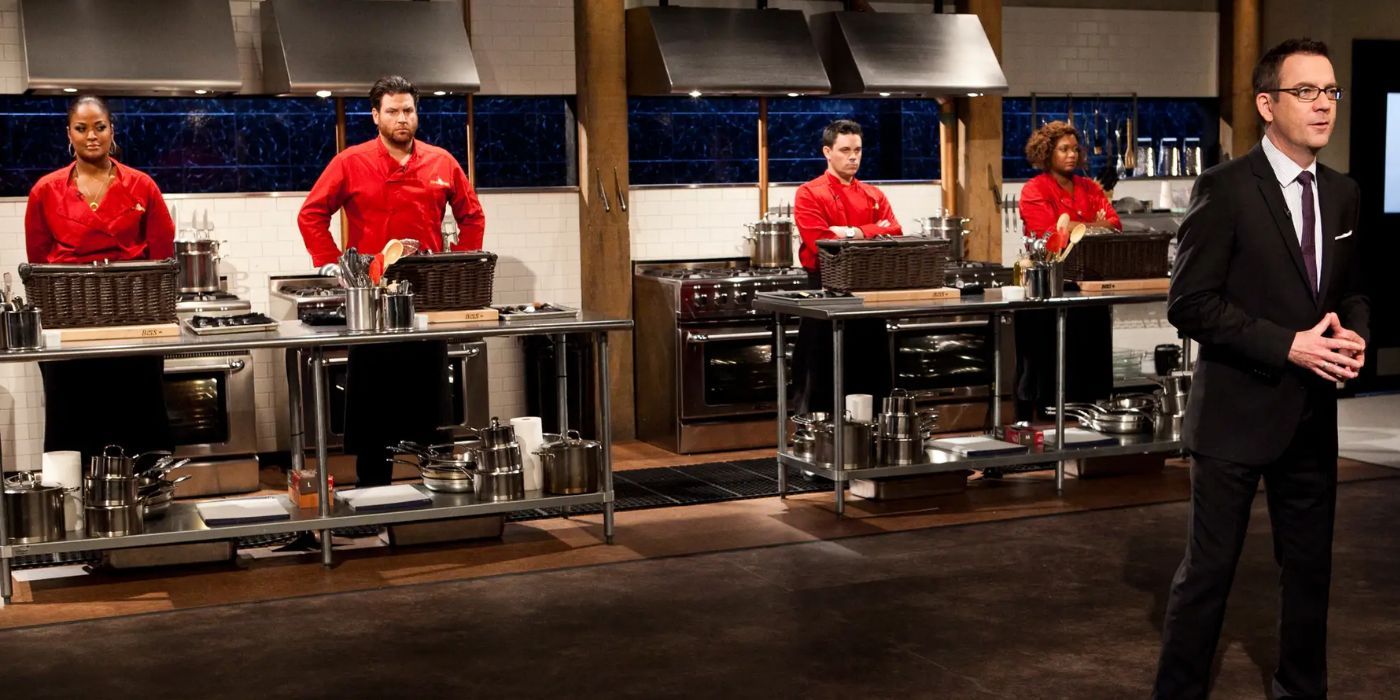 Image via David Lang/Food Network
Image via David Lang/Food Network